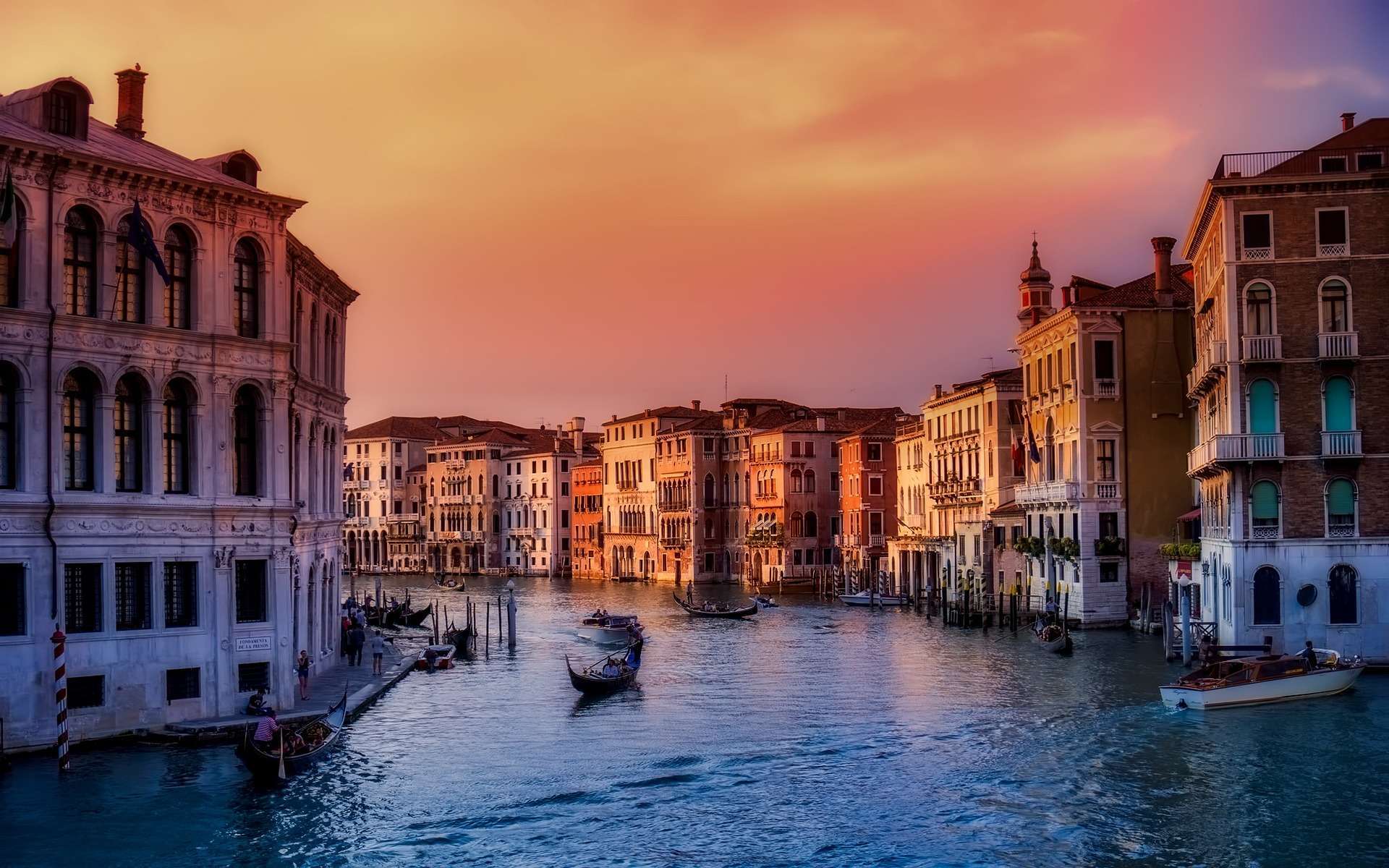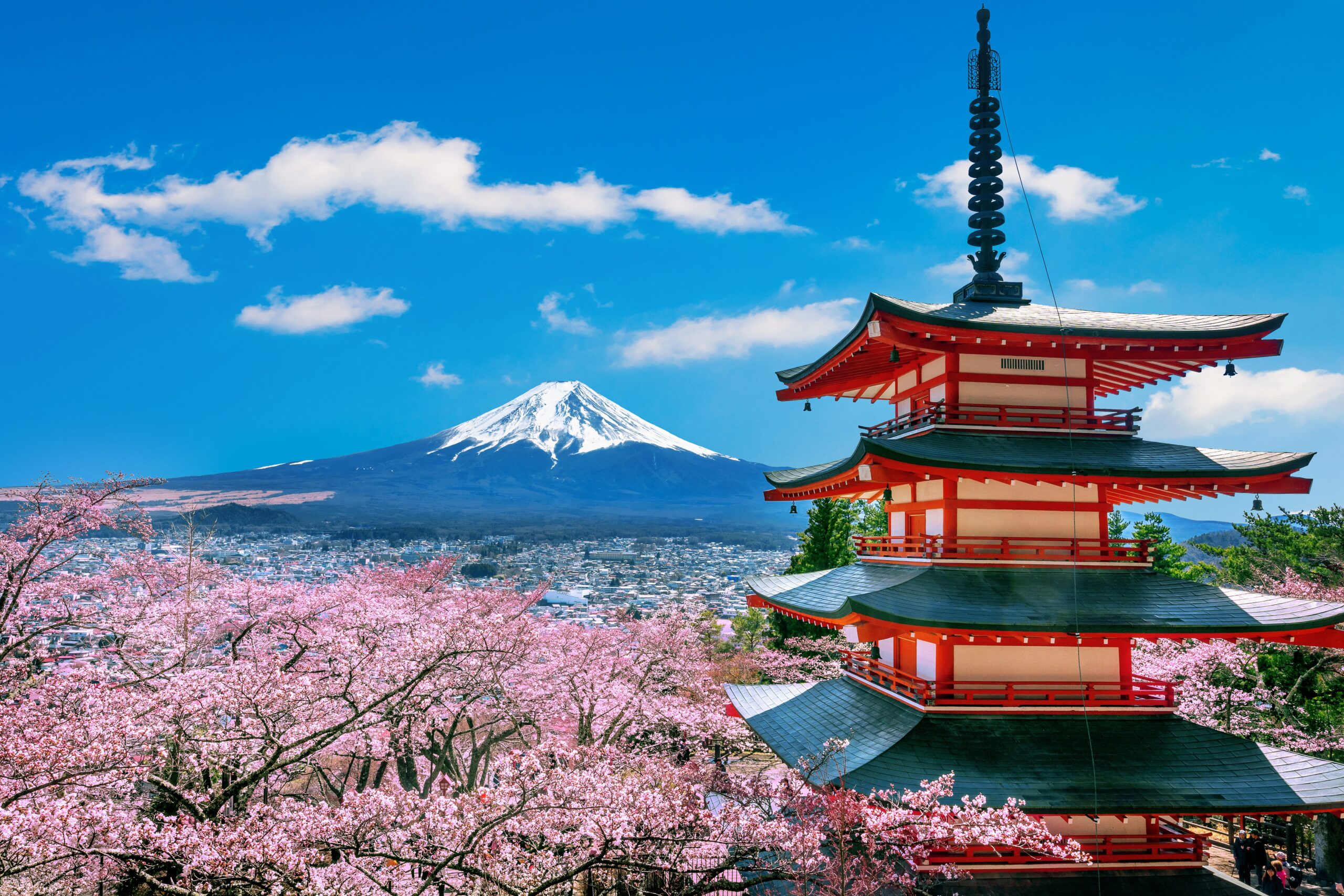Are you looking for the best Japan Summer Festivals in 2023? Summer festivals in Japan are vibrant and captivating events that showcase the country’s rich cultural heritage, traditions, and lively spirit. In 2023, tourists and locals alike are eagerly anticipating the top five summer festivals that promise to be bigger and better than ever before. From colorful parades to dazzling fireworks displays, these festivals offer a unique and immersive experience that will leave visitors enchanted and inspired. Let’s delve into the most anticipated events of the summer and discover what makes them so special.
Here is a list of the Top 5 summer festivals in Japan:
- Tanabata Festival
- Gion Matsuri
- Sumida River Fireworks Festival
- Awa Odori Dance Festival
- Asakusa Samba Carnival
1. Tanabata Festival – The Star-Crossed Lovers’ Celebration

The Tanabata Festival, also known as the Star Festival, takes place on the 7th of July in various regions of Japan. Legend has it that two celestial lovers, Orihime and Hikoboshi, separated by the Milky Way, are allowed to meet only once a year on this auspicious day. Visitors can enjoy traditional dances, melodious music, and mouthwatering street food during this enchanting celebration.
The story centers around Orihime, the weaver princess who worked diligently to weave beautiful clothes for her father, the Sky King. As she spent all her time weaving, she grew lonely and isolated.
Colorful decorations adorn streets, shopping arcades, and public spaces, creating a vibrant and festive atmosphere.
2. Gion Matsuri – Kyoto’s Extravaganza

Kyoto, the cultural heart of Japan, hosts the Gion Matsuri, one of the country’s most renowned festivals, during the entire month of July. The grand procession is a mesmerizing sight, with locals dressed in elegant traditional attire and performances showcasing the city’s artistic heritage. Visitors can savor local delicacies, buy traditional crafts, and witness a spectacular display of fireworks that illuminate the summer night sky.
The Gion Matsuri has its roots in the 9th century when the people of Kyoto held religious ceremonies to pray for protection against natural disasters and epidemics. The festival gained prominence during the Heian period when Emperor Ichijo moved the capital to Kyoto, and the Gion area became an essential part of the city.
Over time, the festival evolved into a grand and vibrant celebration, reflecting the city’s rich cultural heritage.
The Gion Matsuri is not only a celebration of the past but also a testament to the dedication of the people of Kyoto to preserving their cultural traditions. But The meticulous maintenance and restoration of the kamaboko floats and the unwavering commitment to performing ancient rituals have earned the festival a place on UNESCO’s list of Intangible Cultural Heritage.
3. Sumida River Fireworks Festival – A Pyrotechnic Spectacle

The Sumida River Fireworks Festival, held on the last Saturday of July, is a pyrotechnic extravaganza that draws millions of spectators each year. meticulously synchronized to music. For the best views, spectators gather along the riverbanks, creating a mesmerizing scene of lights and reflections.
The festival takes place along the Sumida River, with the Tokyo Skytree as its stunning backdrop. The colorful fireworks display illuminates the night sky, creating a mesmerizing visual extravaganza that captivates the audience. The combination of vibrant colors, intricate patterns, and booming sounds paints a breathtaking picture of the skyline.
The Sumida River Fireworks Festival boasts a rich history dating back to the Edo period, making it a cherished cultural tradition for the people of Tokyo Originally started as a religious ritual to ward off evil spirits, the festival has evolved into a grand celebration of Japanese culture, artistry, and camaraderie.
4. Awa Odori Dance Festival – Dance to the Rhythm
The Awa Odori Dance Festival, held in Tokushima Prefecture from the 12th to the 15th of August, is one of Japan’s liveliest and most participatory festivals. Known for its energetic and rhythmic dance performances, the festival attracts both locals and visitors eager to join the procession and dance through the streets. The traditional “ren” dance troupes, accompanied by vibrant music, create an atmosphere of merriment and celebration.
The origins of the Awa Odori Dance Festival date back more than 400 years, making it one of Japan’s oldest and most cherished folk festivals. Legend has it that the dance began when a local lord organized a massive celebration to mark the completion of a new castle, prompting the townspeople to dance
During the Awa Odori Dance Festival, the streets of Tokushima come alive with the rhythmic sounds of taiko drums, shamisen, and flute music. Dancers, adorned in traditional costumes, perform in large groups known as “ren” while chanting the infectious and catchy “Awa Yoshikono” song.
5. Asakusa Samba Carnival – A Fusion of Cultures

The Asakusa Samba Carnival, held on the last Saturday of August, infuses the streets of Tokyo with a sizzling Latin vibe. This unique festival showcases dazzling samba performances by professional dancers, elaborately dressed in colorful costumes and feathers. Visitors can revel in the dynamic music, lively dance routines, and joyous atmosphere that sweeps through the Asakusa district. The fusion of Japanese and Brazilian cultures makes this carnival an unforgettable experience.
The origins of the Asakusa Samba Carnival can be traced back to 1981 when a samba school from Brazil was invited to perform in Japan. The performance was met with an overwhelming response, captivating the audience with its dynamic dance moves, elaborate costumes, and infectious music.
One of the highlights of the Asakusa Samba Carnival is the elaborate and eye-catching costumes worn by the dancers.
Conclusion
Japan’s summer festivals are a vibrant and diverse celebration of the country’s rich cultural heritage and traditions. Each festival offers a unique and unforgettable experience, drawing locals and tourists alike to revel in the festivities.
From the romantic Tanabata Festival to the explosive Sumida River Fireworks Festival and the energetic Awa Odori Dance Festival, these events showcase the beauty of Japan’s customs, music, and dance.
Additionally, Gion Matsuri and Asakusa Samba Carnival exemplify the harmonious blending of cultural elements, creating a fusion of traditions and contemporary influences. These top five summer festivals in 2023 are a testament to the nation’s enduring spirit of celebration and community.
Frequently Asked Questions (FAQ) About Japan Summer Festivals 2023:
When does the Tanabata Festival take place?
The Gregorian calendar, usually falls on July 7th, although some regions may celebrate it on different dates.
What is the significance of Gion Matsuri?
Gion Matsuri is one of Kyoto’s most famous and oldest festivals, dating back over a thousand years. It honors the Yasaka Shrine’s deity and seeks to ward off disease and disasters while celebrating Kyoto’s culture and history.
How can I enjoy the Sumida River Fireworks Festival?
The Sumida River Fireworks Festival typically takes place in late July or early August. To enjoy the spectacle, find a spot along the Sumida River in Tokyo early, as it can get crowded. Be prepared for breathtaking fireworks displays that light up the night sky.
What makes the Awa Odori Dance Festival special?
The Awa Odori Dance Festival is known for its inclusivity, welcoming participants of all ages and dance abilities. Visitors can join the procession of dancers and immerse themselves in the vibrant and energetic atmosphere.
Where is the Asakusa Samba Carnival held?
The Asakusa Samba Carnival takes place in Asakusa, Tokyo. This colorful festival brings together the captivating rhythms of Brazilian samba and the rich cultural heritage of Japan in a unique and unforgettable fusion.



